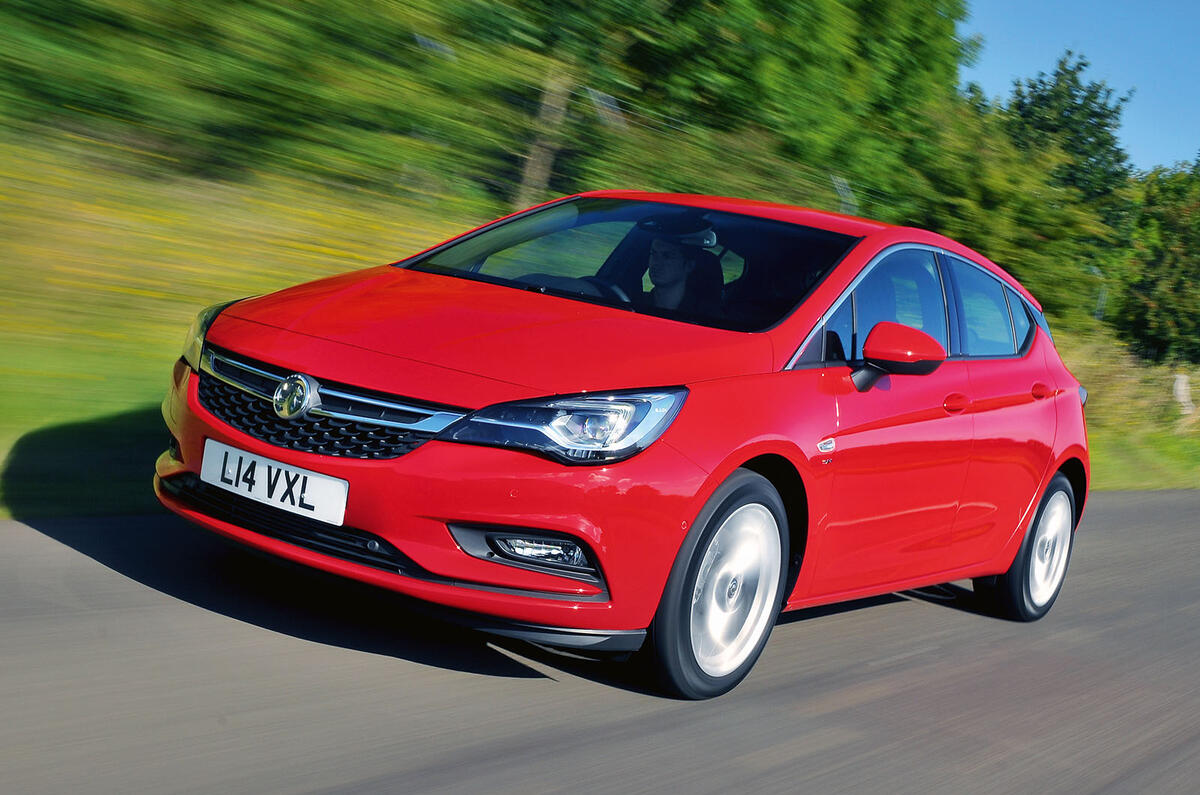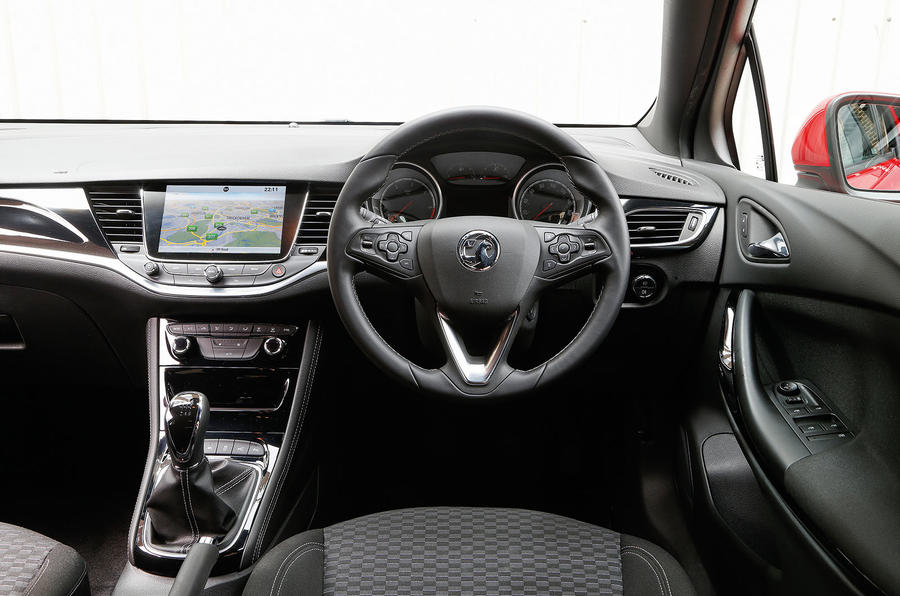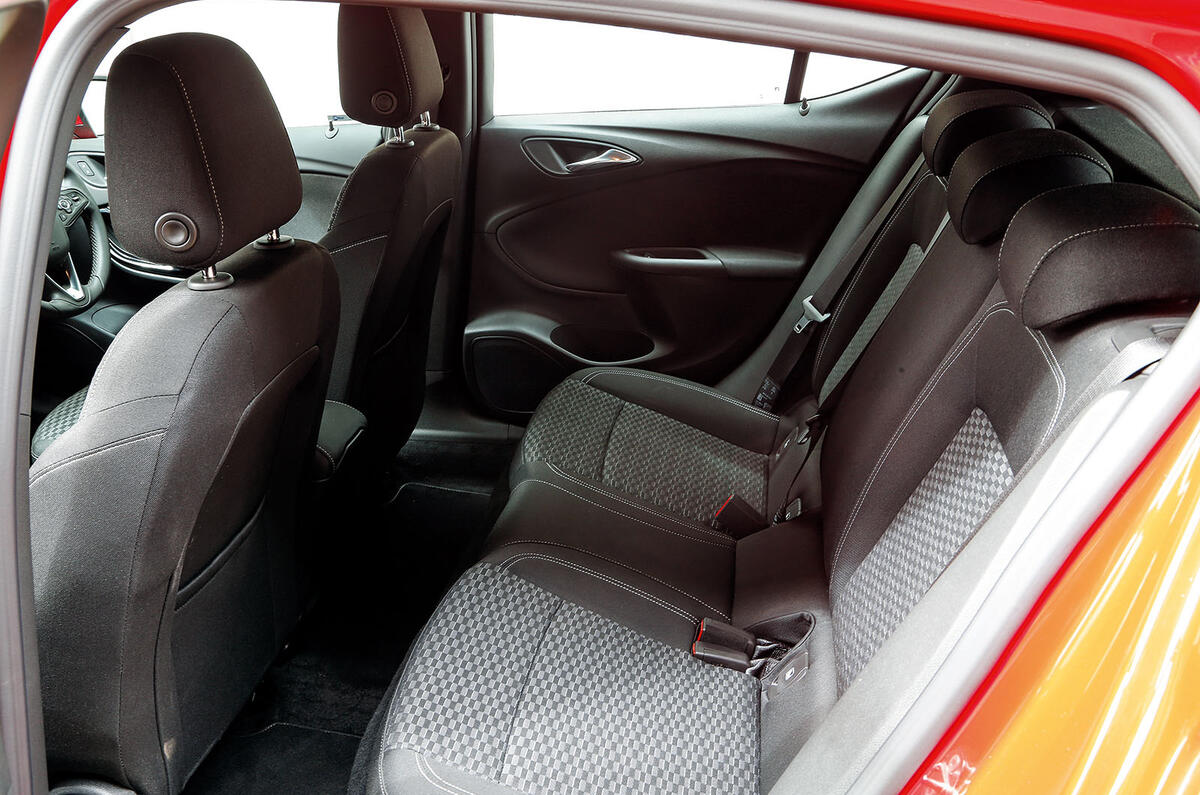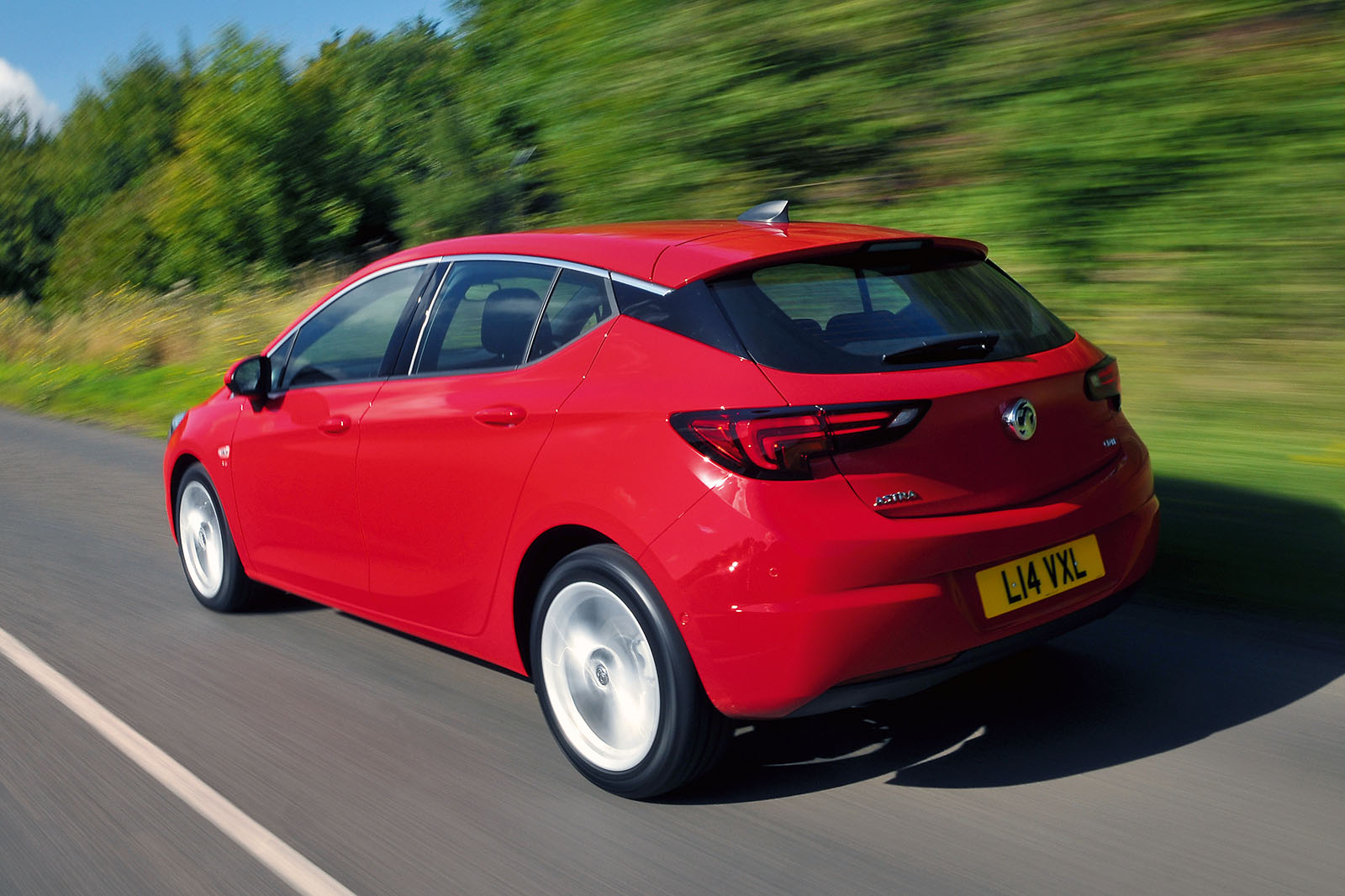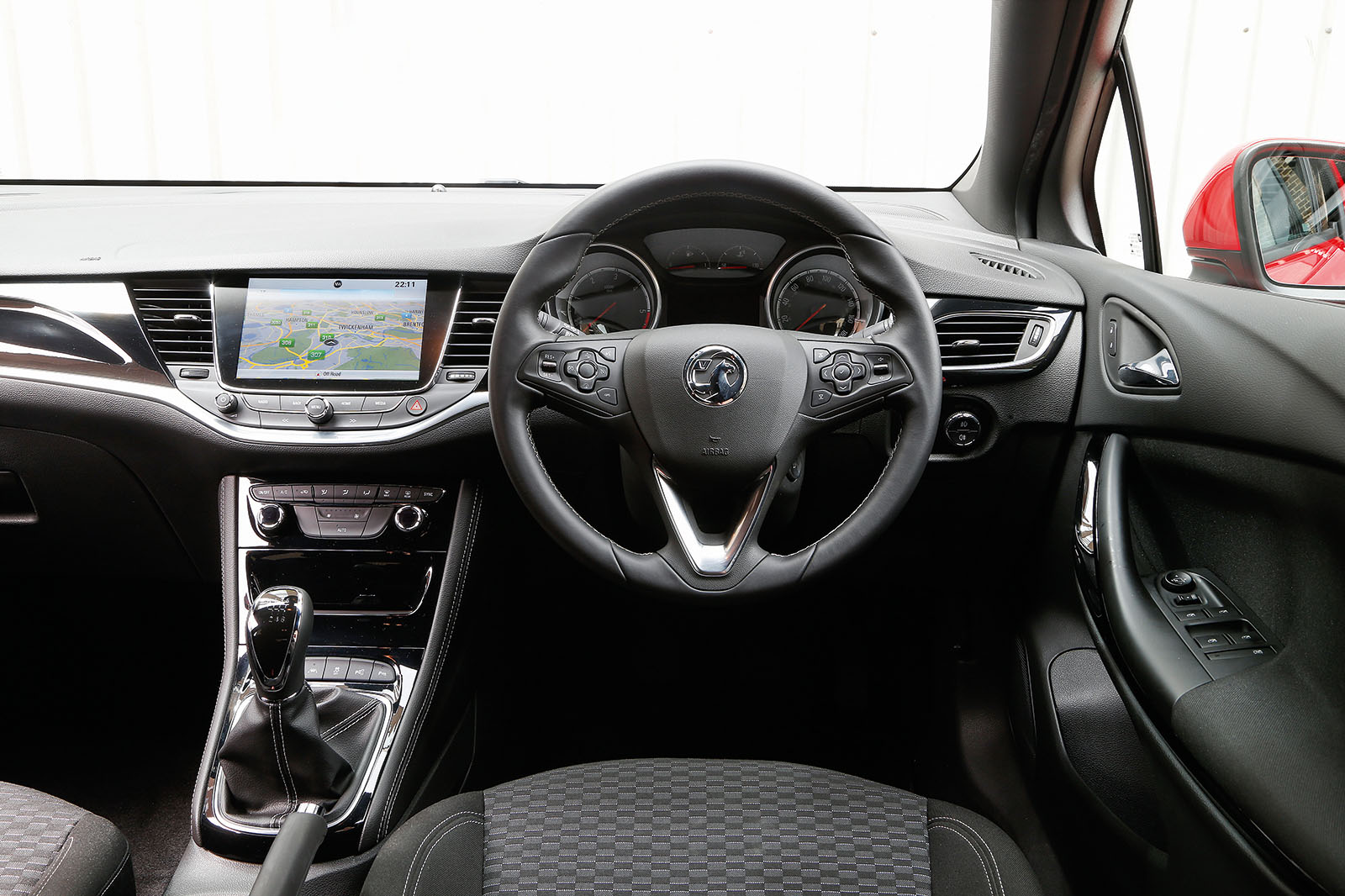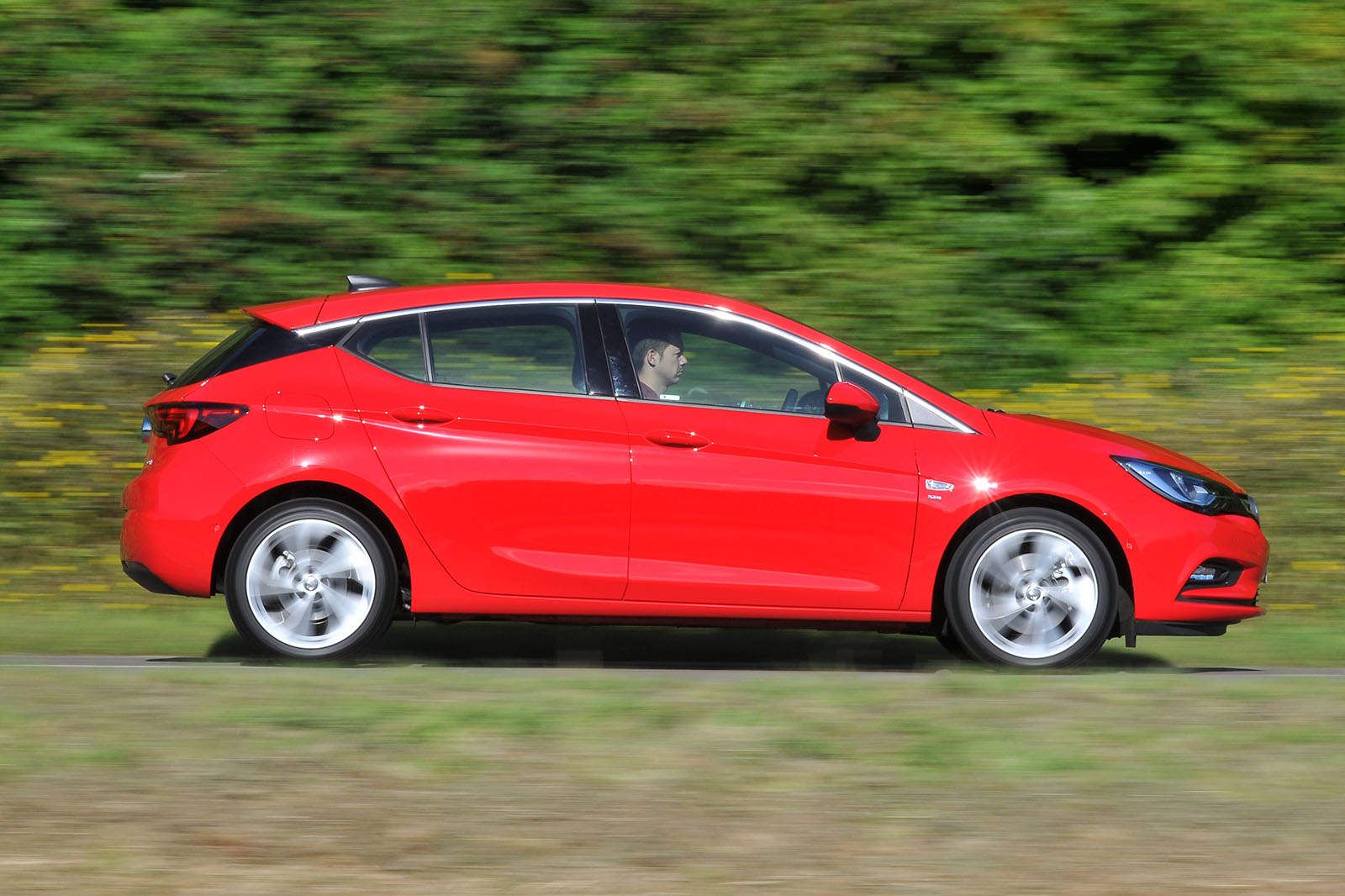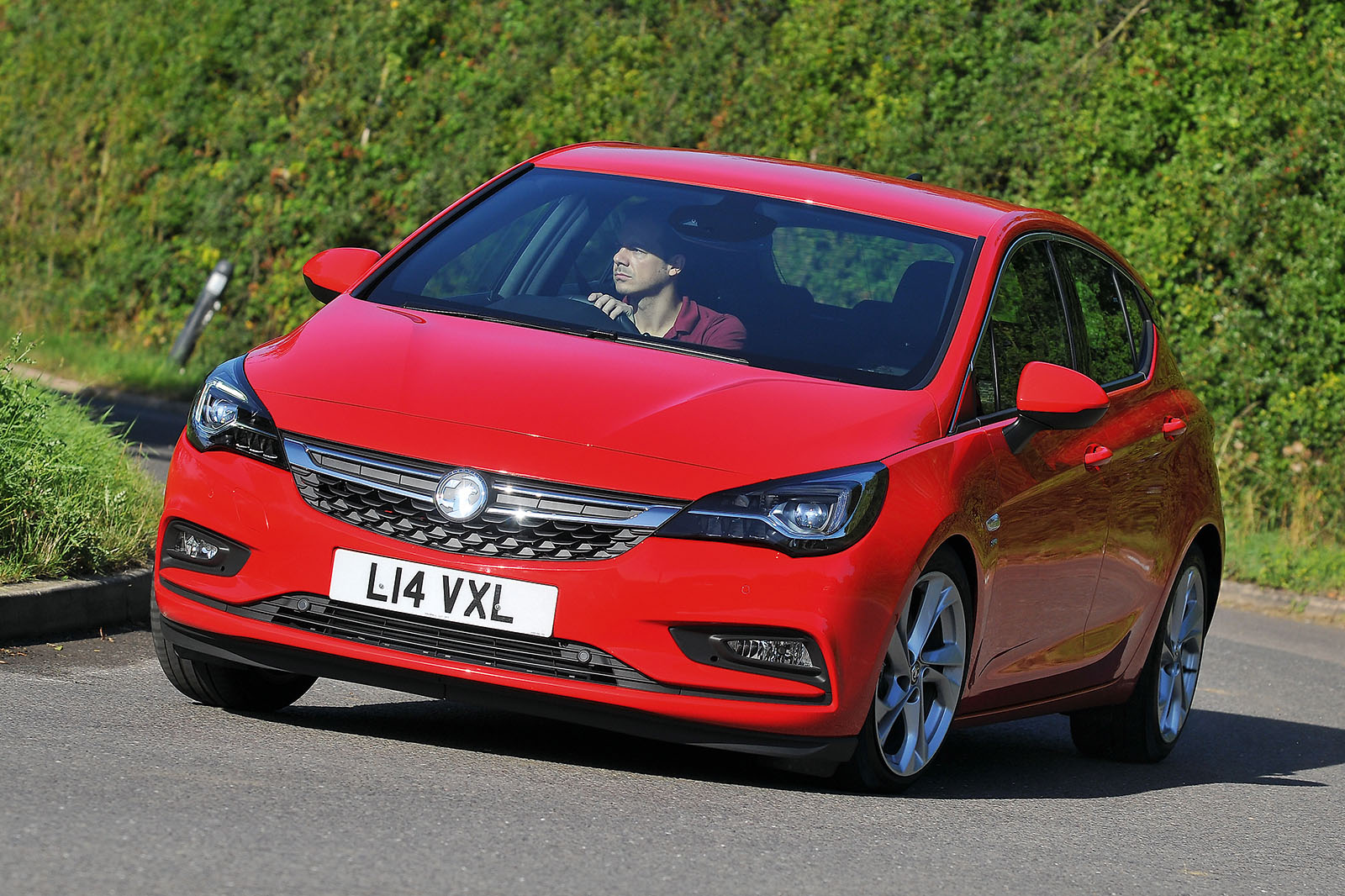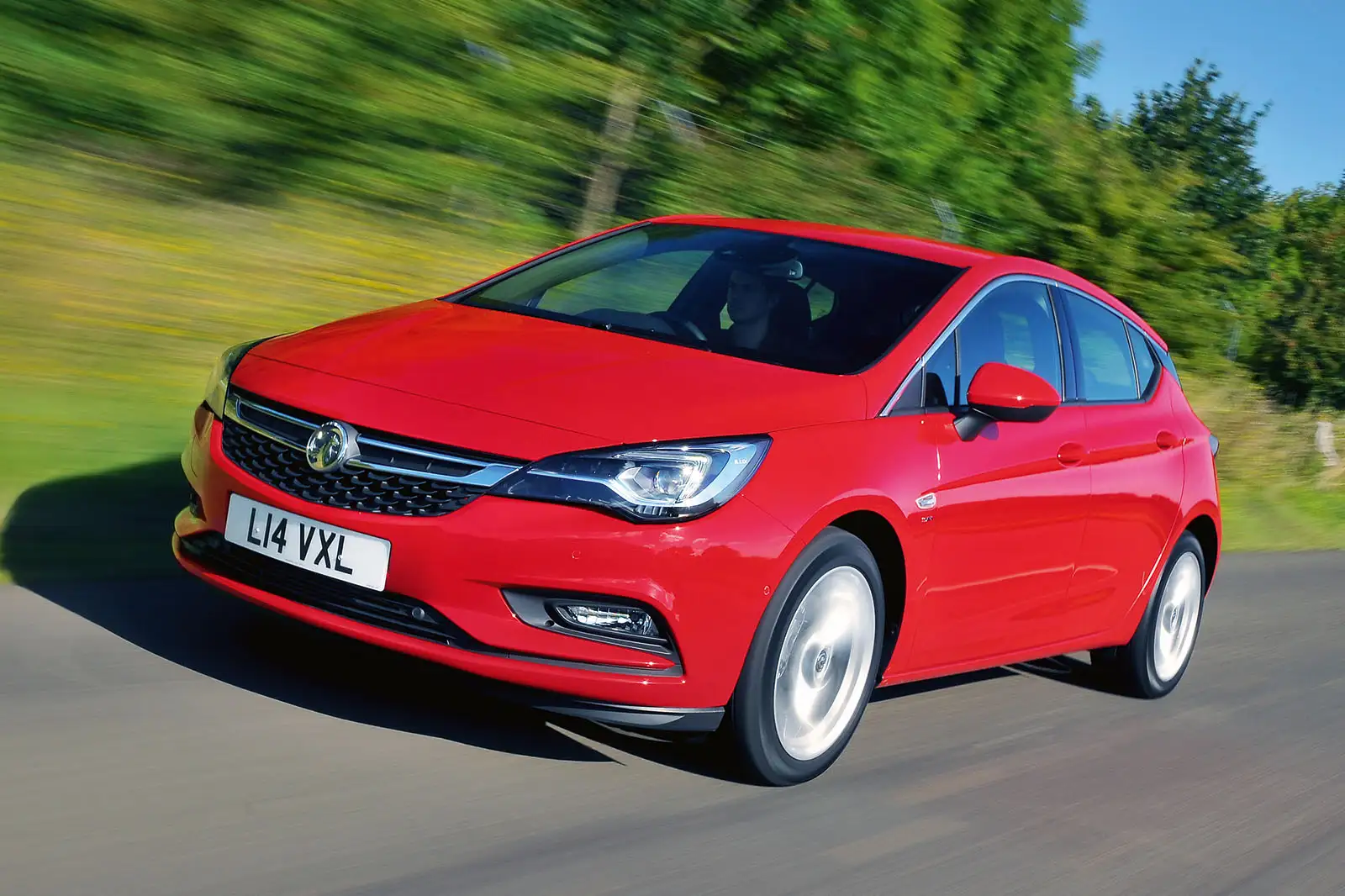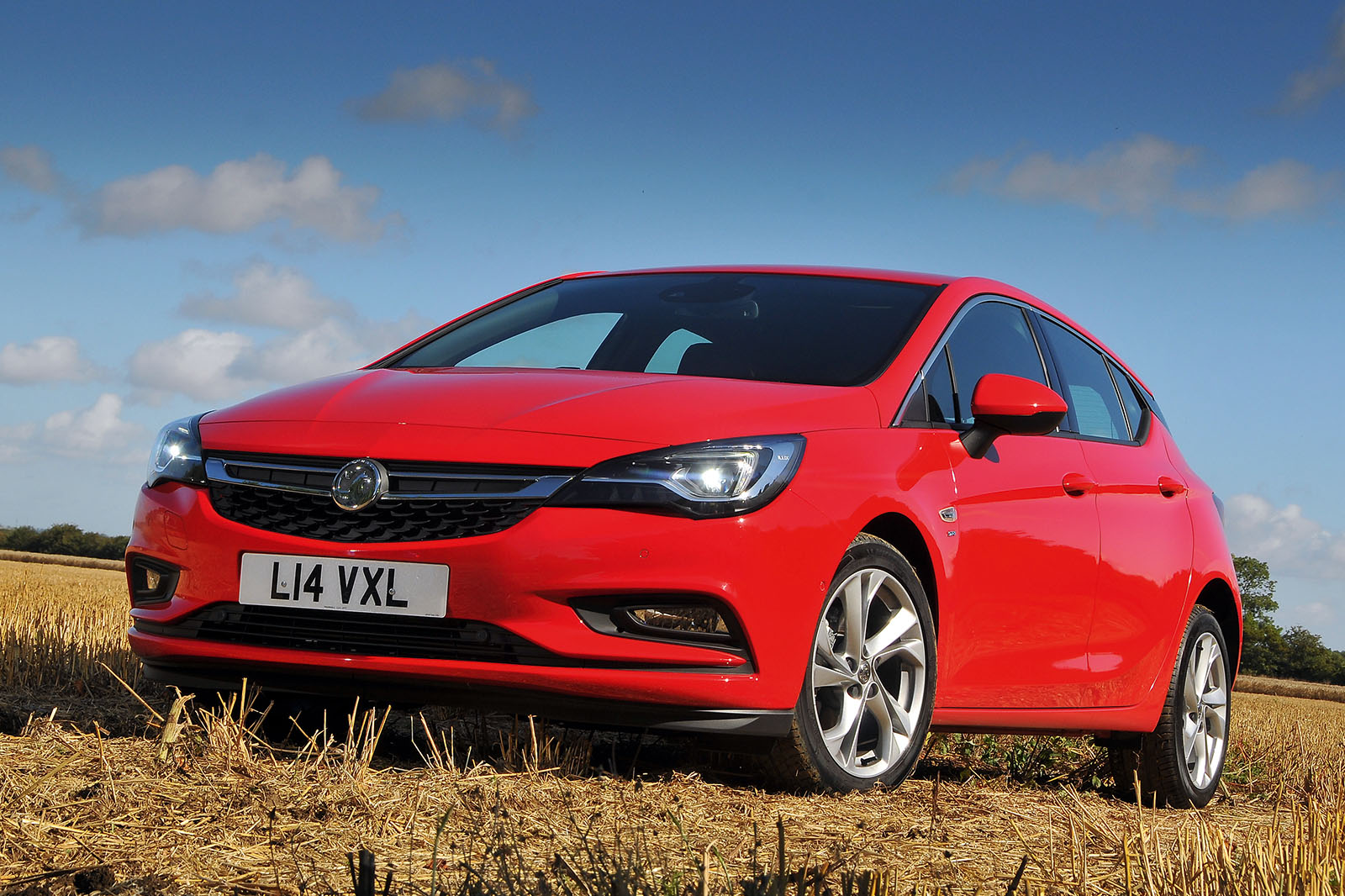According to our tape measure, the new Astra is a credit to Vauxhall’s enviable reputation for practicality, having two particularly roomy rows of seats and a sizeable boot.
You’ll find as much rear leg room here as in the revered Skoda Octavia and notably more than in a Ford Focus or a Peugeot 308. The back seats offer only two Isofix child seat anchorage points and there’s none for the front passenger seat, but it’s rare to find a third Isofix point in a compact hatchback. Leg room in the front is generous and the driving position is slightly raised but generally very sound. The boot offers more seats-down loading length and loading height than most of its rivals, too.
Vauxhall’s attempt at upping the Astra’s perceived cabin quality seems to have been made largely by applying more flashy and decorative foils and trims to the fascia and door consoles. It’s moderately successful. We’d argue there’s more work to be done before this car’s cabin has the substance, richness and tactility of a Volkswagen Golf or 308, but most who take delivery of a new Astra will be pleasantly surprised by the look and feel of what’s in front of them.
The material quality of the car’s primary switchgear is only slightly improved, but the hierarchy and clarity of the layout of the buttons on the centre stack are significantly better than before. By and large, your fingertip tends to find the function or adjustment it set out for easily. All of that high-gloss black and silver trim may look prone to grubby finger marks, but most of it is placed out of easy reach.
We can also report that the Astra’s seats are comfortable over long distances, its instruments and new colour trip computer are usable and clear, and its cupholders are cleverly sized. Its new IntelliLink infotainment system is also a big step forwards for Vauxhall, though perhaps not for the larger volume hatchback class, which has come further in recent years.
For Vauxhall, the important inclusion here is the OnStar system — a customer support and monitoring system long available in the US but making its UK debut in the Astra. This offers a range of advantages, not least the ability to speak to an OnStar advisor 365 days a year for assistance.
If the thought of contacting a call centre doesn’t make you feel all warm and fuzzy, then the system’s other main benefit — a 4G LTE mobile Wi-fi hotspot — ought to. Offering fast internet access for up to seven devices using the car’s own SIM card (which is free to use for the first 12 months and £79 a year from then on) is a selling point currently unrivalled by any competitor.
To top it all, the latest IntelliLink infotainment system also includes both Apple CarPlay and Android Auto, making smartphone integration that bit more meaningful. Vauxhall’s own menu system isn’t as slick or as intuitive, but the firm’s feature-heavy approach tends to override such niggles.
As for equipment levels, there are six trim levels to choose from - Design, Tech Line, Energy, SRi, SRi VX-Line and Elite. Entry-level models get 16in alloy wheels, electric windows, auto lights, electrically adjustable and heated wing mirrors, LED day-running lights, hill start assist and cruise control on the outside as standard. Inside there is air conditioning, six airbags and Vauxhall's IntelliLink infotainment system complete with a 7.0in touchscreen display, DAB radio, Bluetooth and USB connectivity and smartphone integration.
Upgrade to Tech Line and you will find sat nav, an 8.0in touchscreen infotainment display, an adjustable front armrest and a leather clad steering wheel, while Energy models get heated front seats and steering wheel and 17in alloy wheels over Design equipped Astras.
Mid-range SRi models gets 17in alloy wheels, automatic lights and wipers, front foglights, sports seats, Vauxhall's OnStar system and a driver assistance pack, which consists of forward collision alert with auto city emergency braking, traffic sign recognition, distance indicator and lane departure warning. The sportier still SRi VX-Line Astras come with 18in alloy wheels, an aggressive bodykit, auto dimming rear view mirror, and a dedicated sport mode across all engine variants available.


